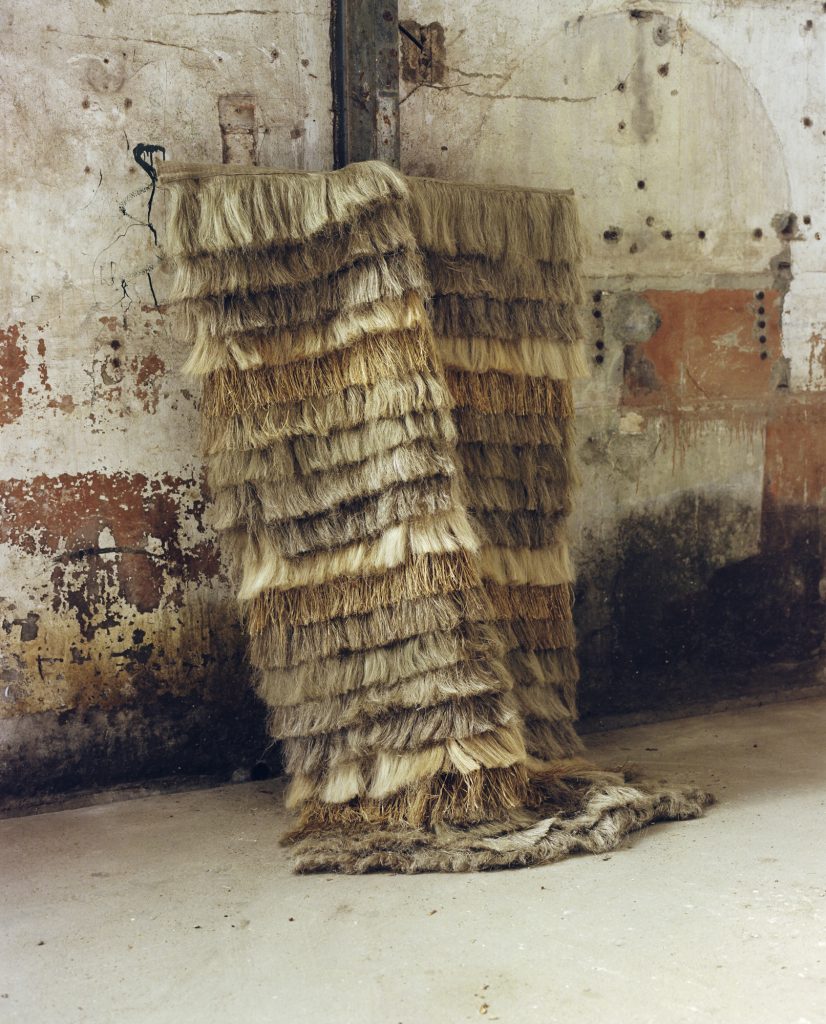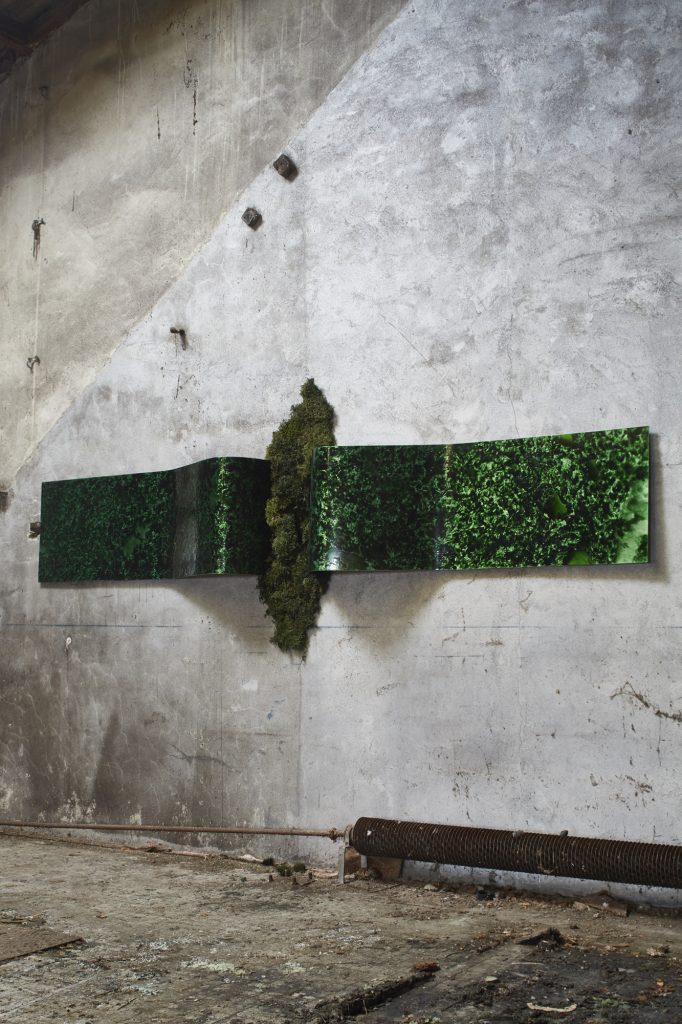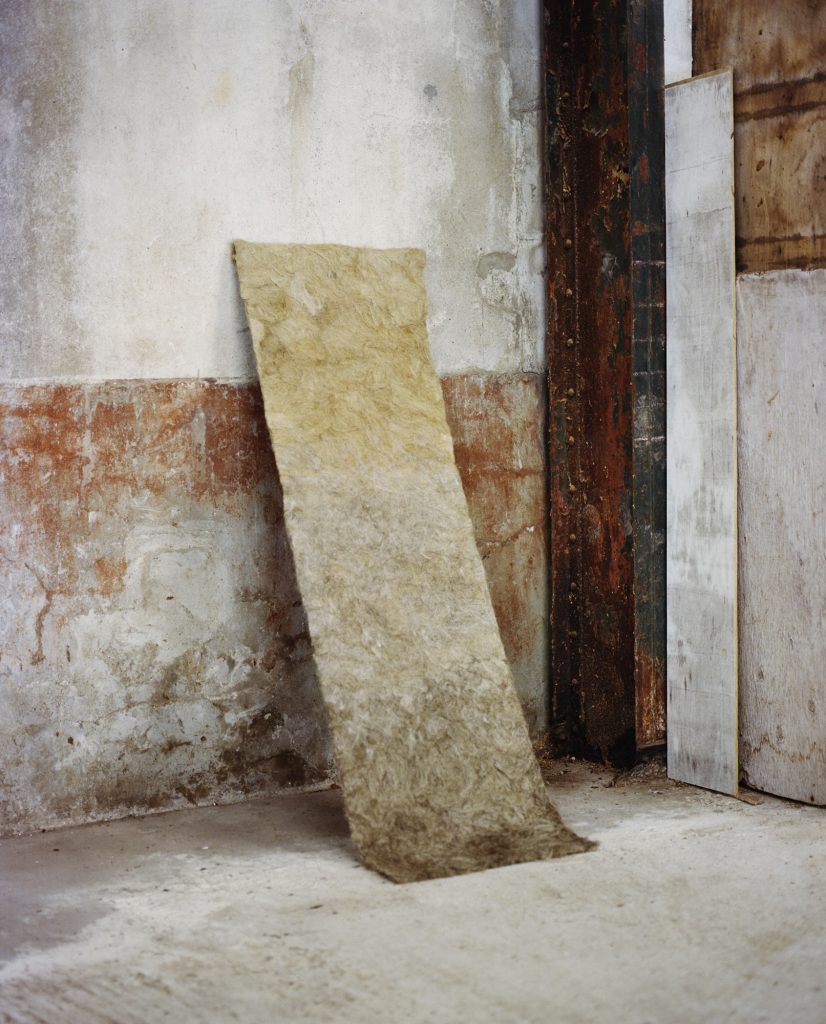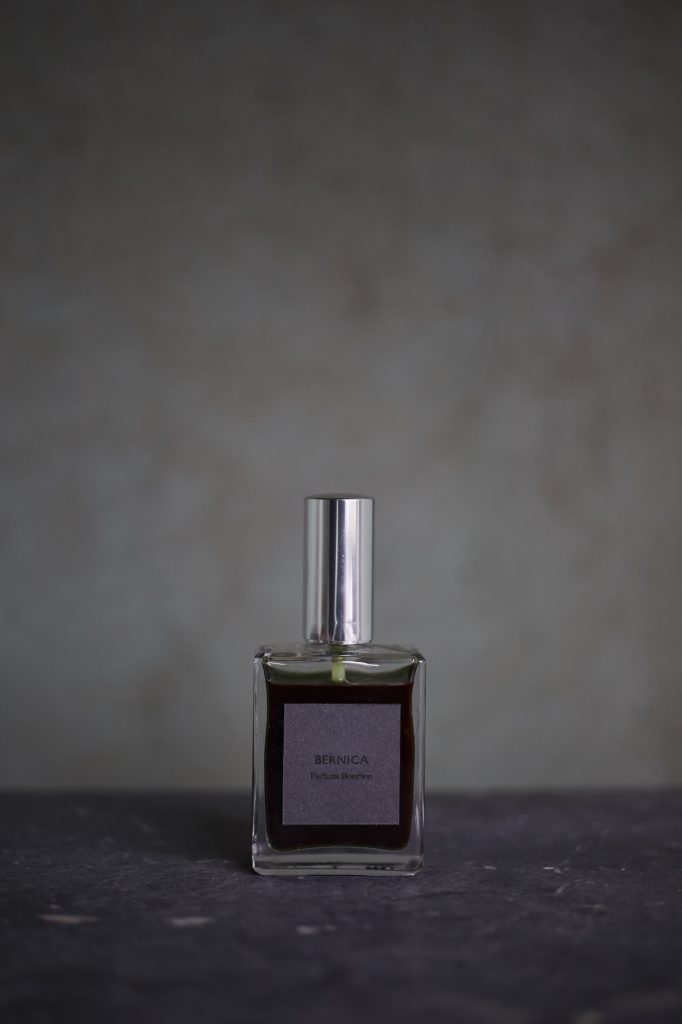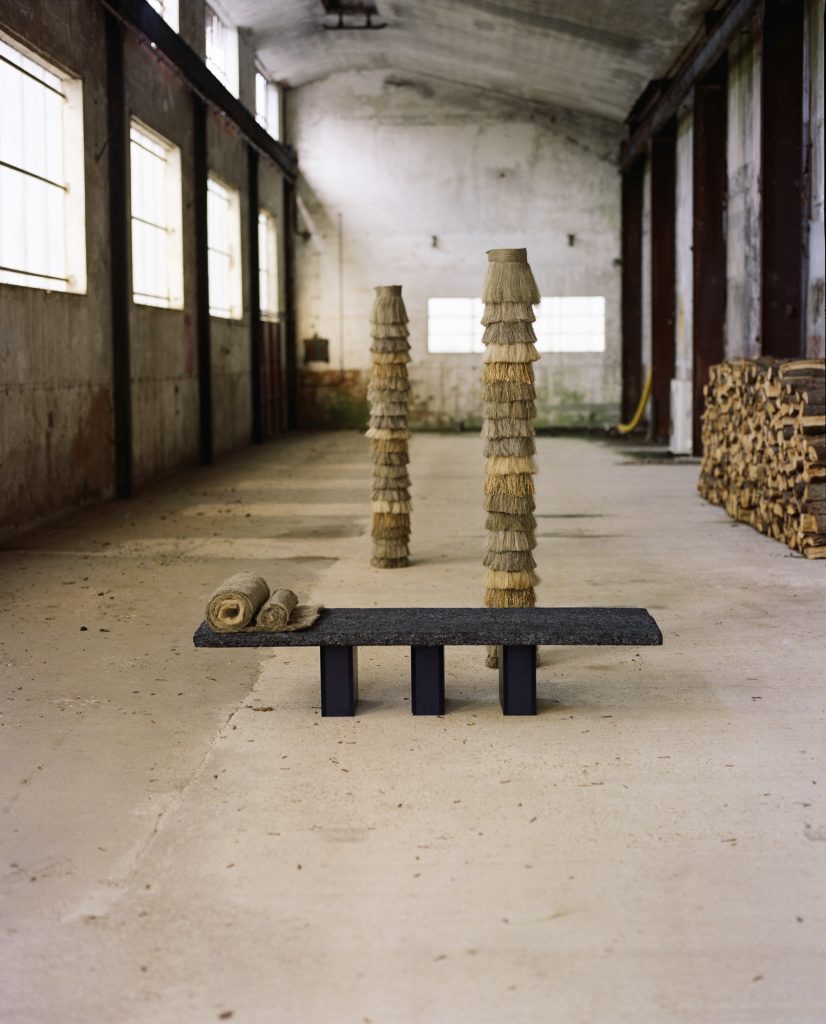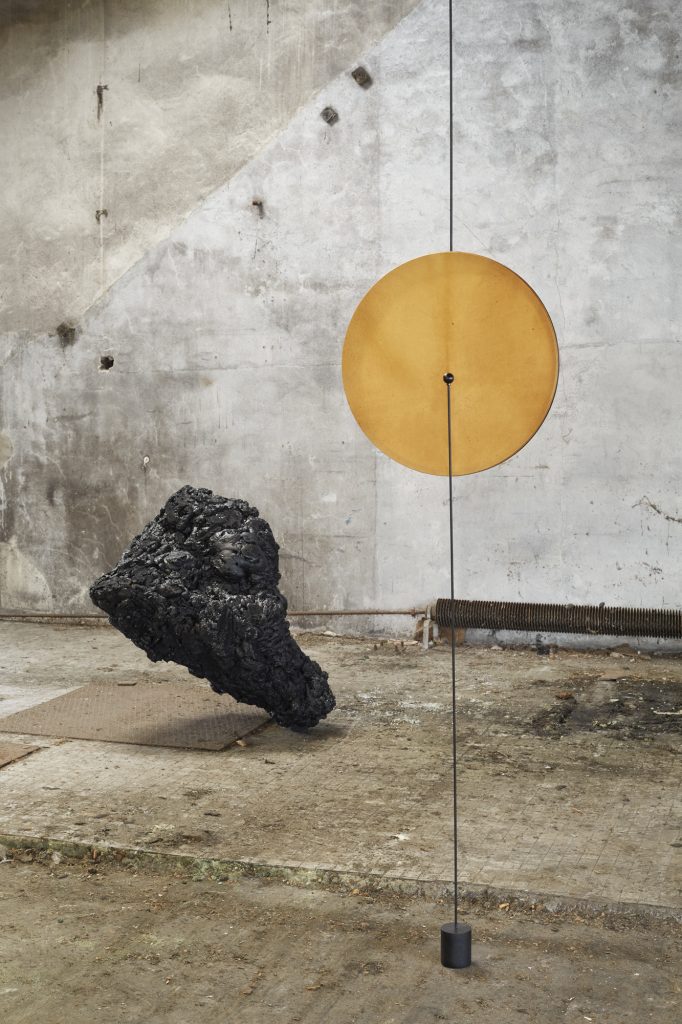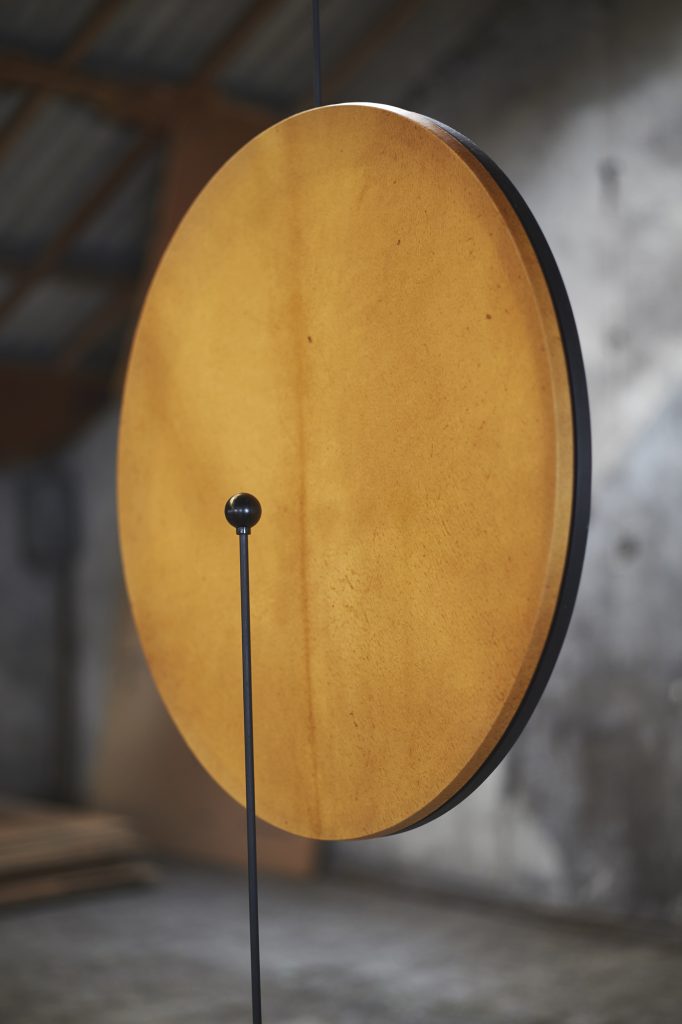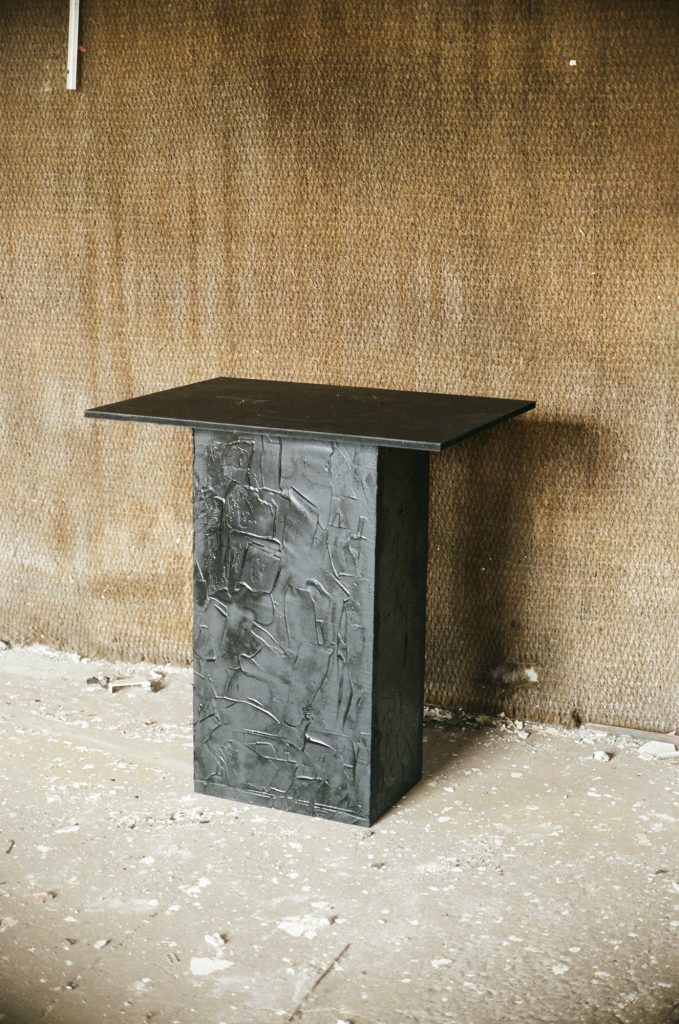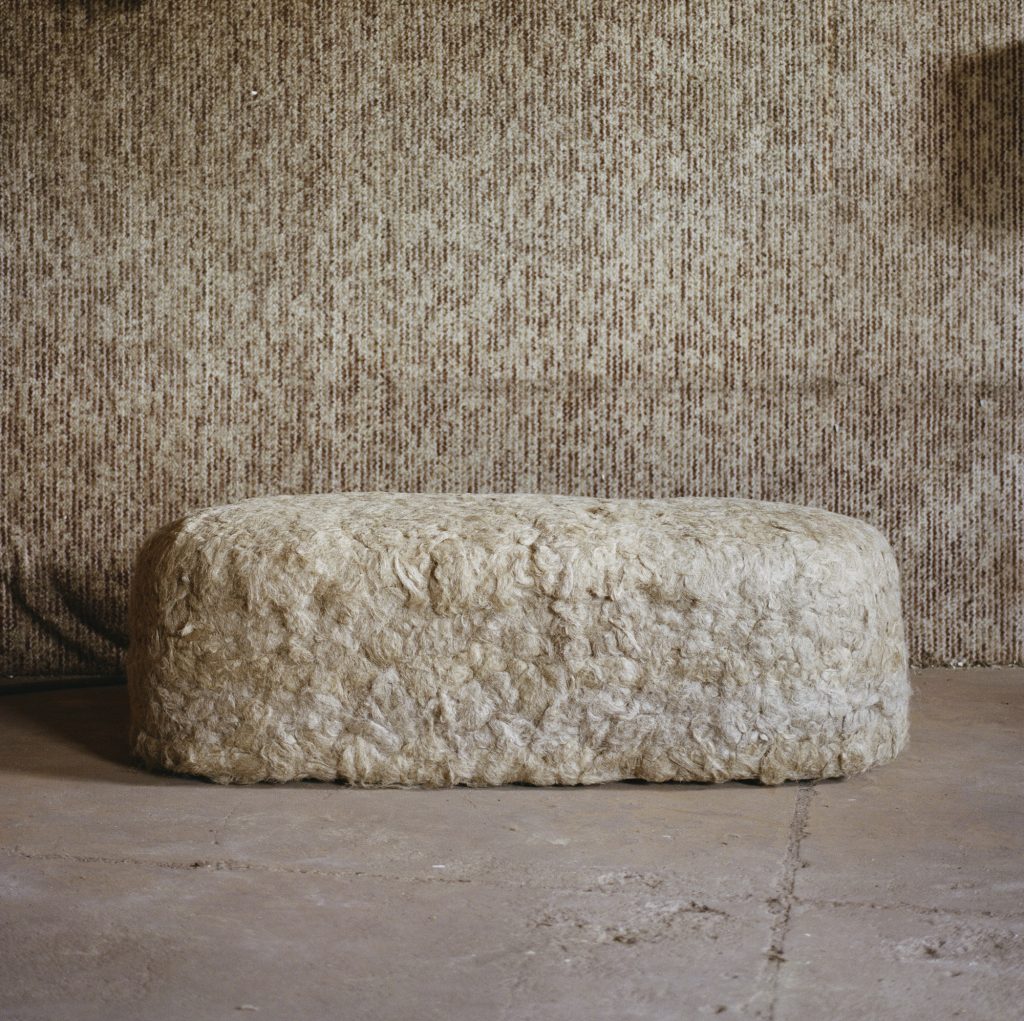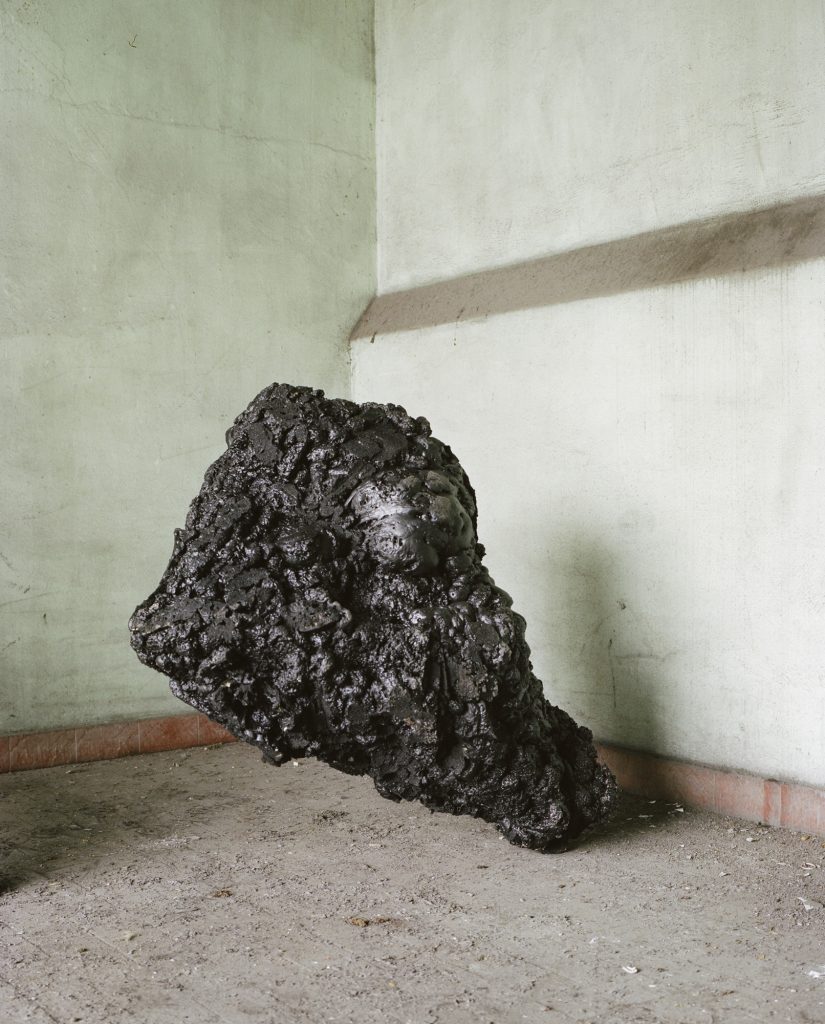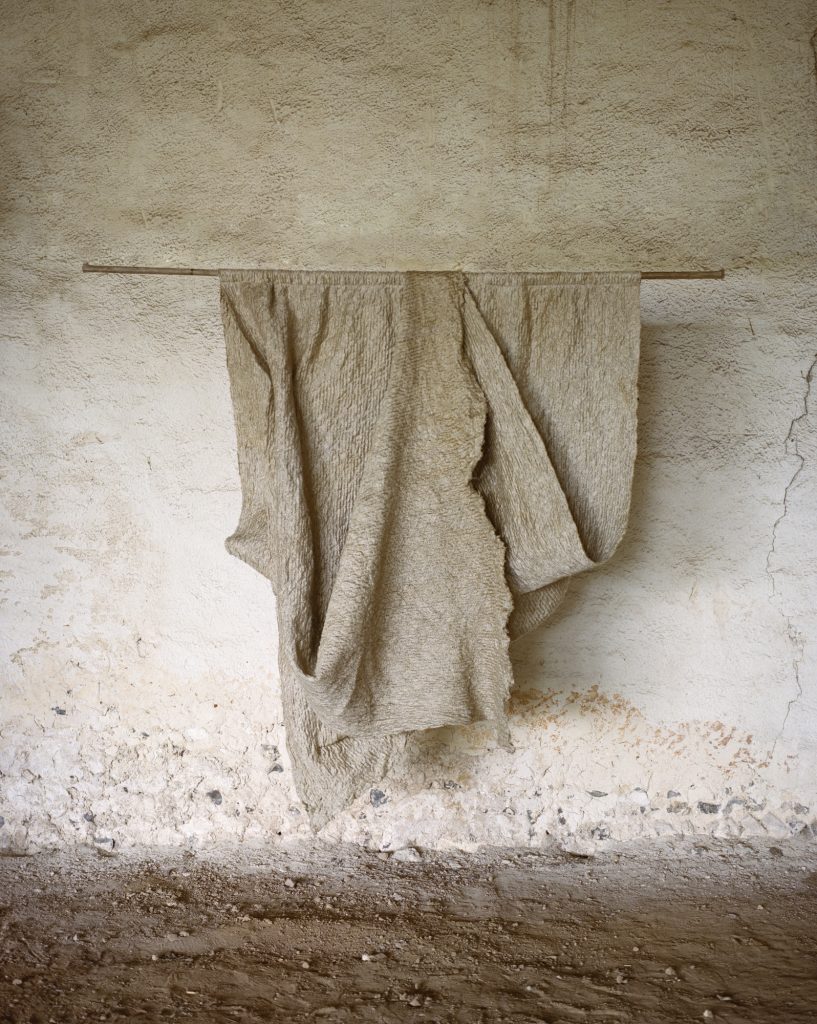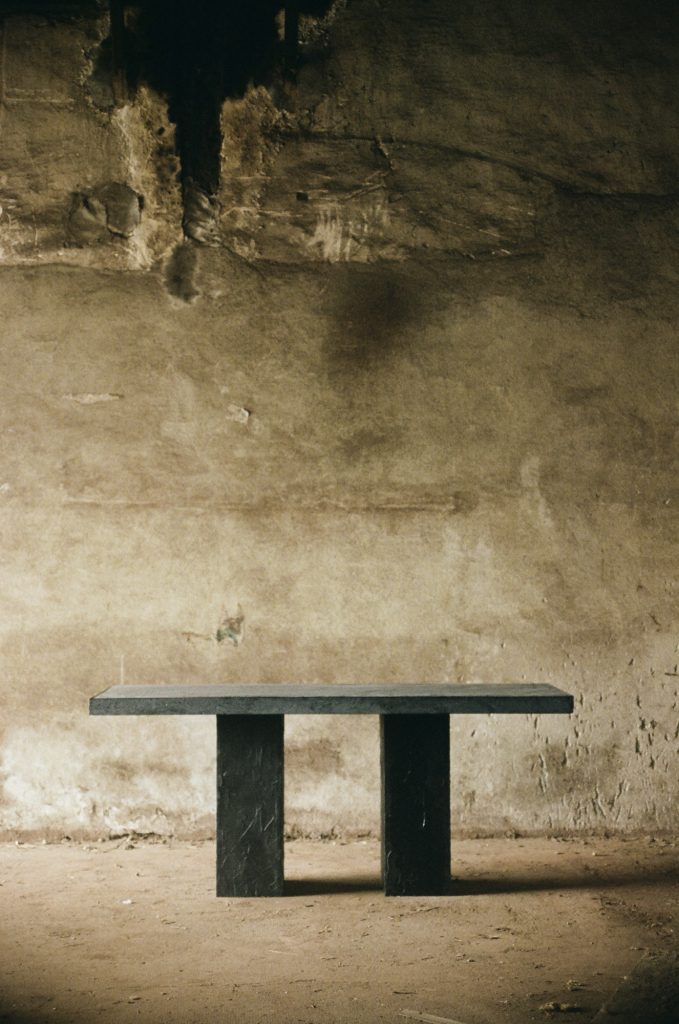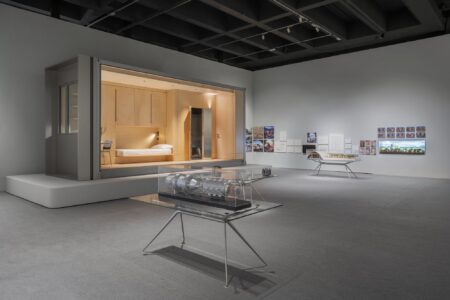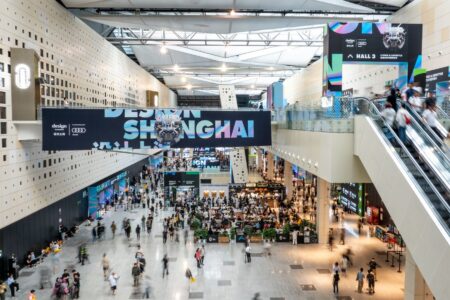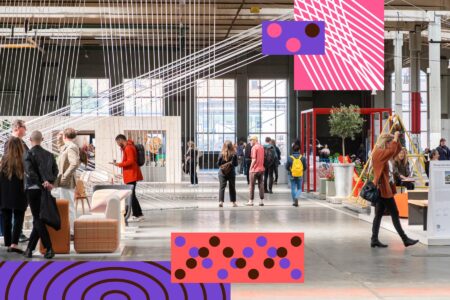Pauline Esparon: Raw Materials
Whether it’s by using scutched flax fibres to create a rug or 65 litres of crude oil to create a a stone-like table, Pauline Esparon’s process is dedicated to transforming the unrefined materials that surround us to highlight the qualities that we’ve taken for granted.
Having graduated from Design Academy Eindhoven’s “Man and Well-Being” Bachelor Department earlier last year with her investigation into the untapped potential of flax, French designer Pauline Esparon has made a point of creating unique design objects with, what she refers to as, “raw” materials. Over the last few years, Pauline has created new techniques that rework materials like animal guts, oil, wood, berries, leaves or roots into useable and/or collectable products like perfumes, tables and rugs. TLmag caught up with the young designer to find out more about her intuitive process, experimentation and the importance of using alternative materials.
TLmag: You’ve described your process as playing with notions of “rawness”. The materials you use are thus also decidedly not standardised, how do go about sourcing your materials?
Pauline Esperon (PE): I’m very influenced by my environment, and I love travelling to new places and collecting the things that I encounter there. It’s a very “matter of fact” and intuitive process, as I’ve been collecting things for as long as I can remember. I have an innate curiosity for the objects around me, and when I’m drawn to something I immediately want to know what’s inside it and how I can react to it — or make it react to me. Often times, these objects are discarded ones; objects that are either leftovers from another process or ones that are not commonplace materials to work with in the first place. At times, I feel like my collections are taking over! My studio in the countryside (about an hour away from Paris) has a separate space just for my collections, which range from animal skeletons to cones and stones. I “meet” materials wherever I go, and see every encounter as starting a dialogue with the material at hand.
TLmag: How does experimentation come into play?
PE: Experimentation always comes first, and goes hand in hand with being receptive to the possibilities that may open up if something doesn’t go as planned. I’m quite generous in the making process, and often make dozens of drawings, prototypes and samples before getting to a result that I feel confident in. For example, while I was making samples to make my “Pellis” Lamp (a light object which is made out of parchment), I tried to tense the parchment on a flat round circle. As it dried, it bent into the shape completely by mistake. It was really inspiring, seeing the material create its own shape, and I like to stay open for moments like this in my process.
TLmag: How do you find the balance between the raw, uniqueness of the materials that you use and the finished, designed, object?
PE: I think it’s a matter of transforming the material while preserving its main qualities. Even when I blur the lines between different materials, and make vegetal materials seem animal- or mineral-like (or the other way around), my main goal is to highlight the qualities that the material already has present within itself. This also means that I have to imagine new techniques to produce my objects, and I have to work together with others to do so. Just the other day, I was working with somebody as we discovered a weaving technique that would highlight the fluffy qualities of the short fibres of flax. This way, we could use these materials in objects whilst still maintaining its original personality.
TLmag: Why do you think it’s important to use materials like these in contemporary design?
PE: When showing my work, I often get questions from people that are wondering what they’re looking at. It sparks a curiosity in them: when people don’t know what they’re looking at, it invites a more sensitive and tactile response — which I love. In my work, I also try to contextualise the objects and the materials that I’m using. Whether it’s by solely producing with local materials, using local techniques in collaboration with others, or relaying it’s historical and geographical origins, I aim to introduce an alternative to the complex global production systems at play today. I know I’ll probably never be able to compete with it, but at least I’ll be able to show that other methodologies are possible.
Some of Pauline’s work, including her objects from her flax fibre “L’écoucheur” project, will be on view at Spazio Nobile’s “Season XV – A New Age of Humanism” show from May 29th until July 19th, 2020.
Cover Photo: Pauline Esparon by Jonas Gorgen
